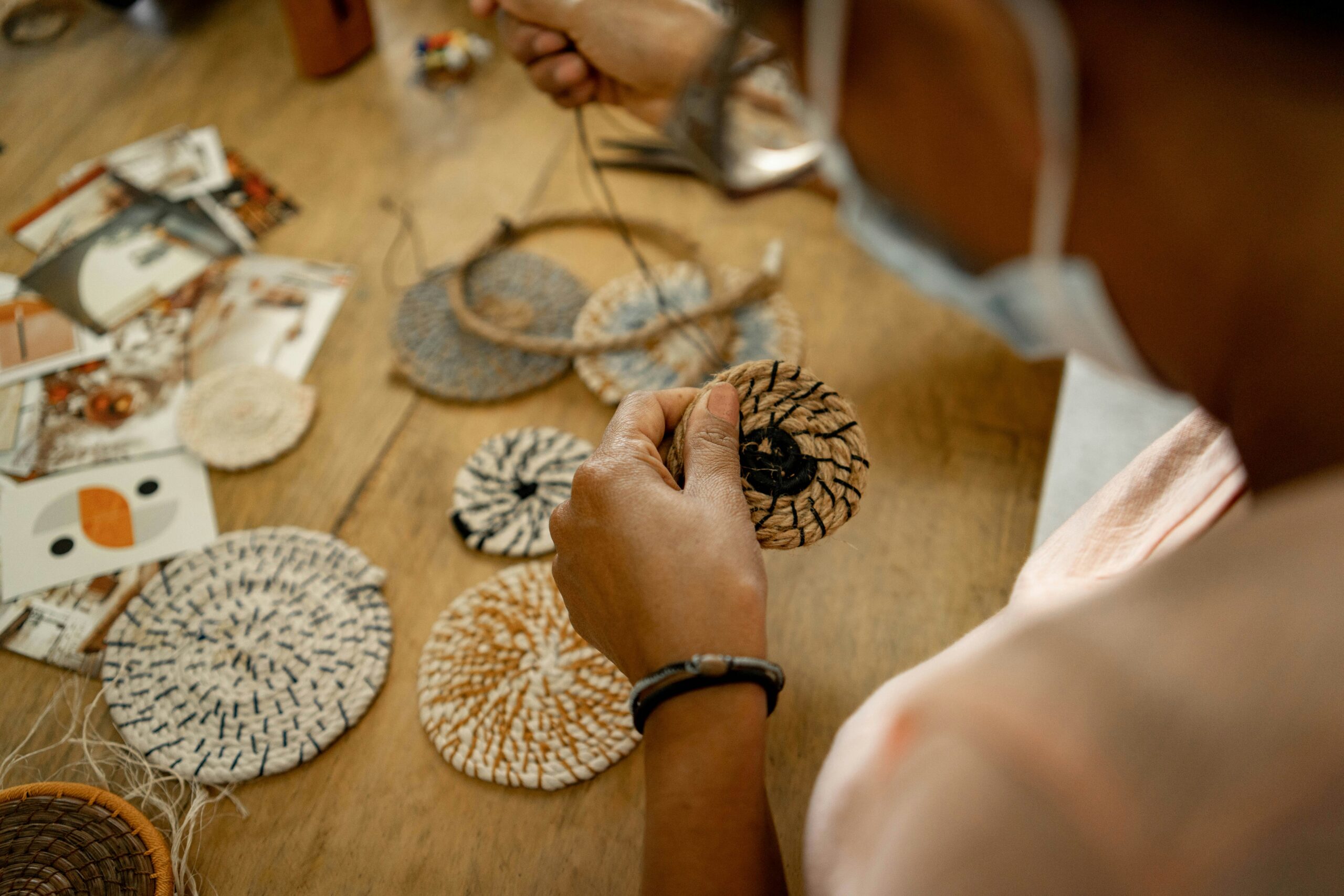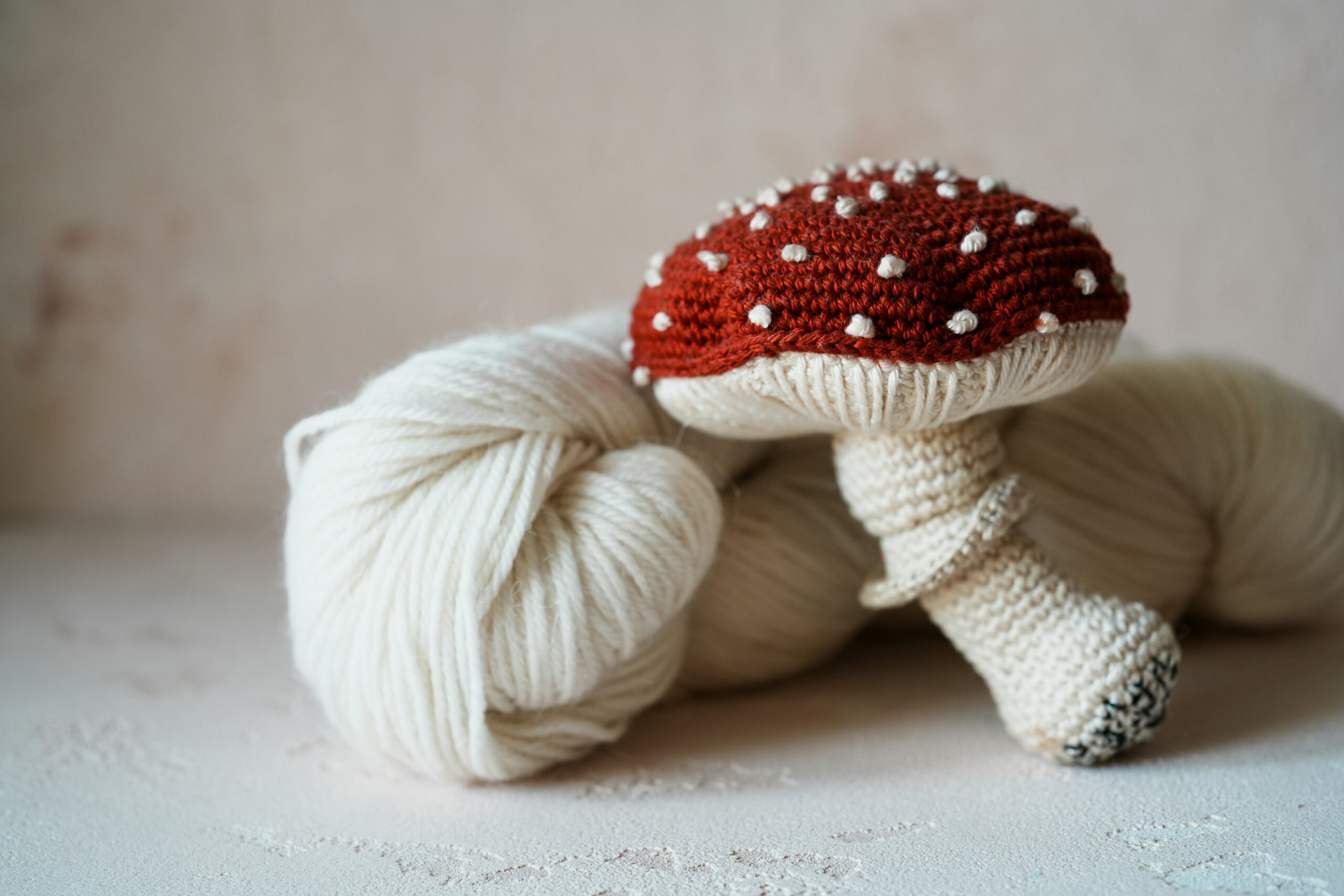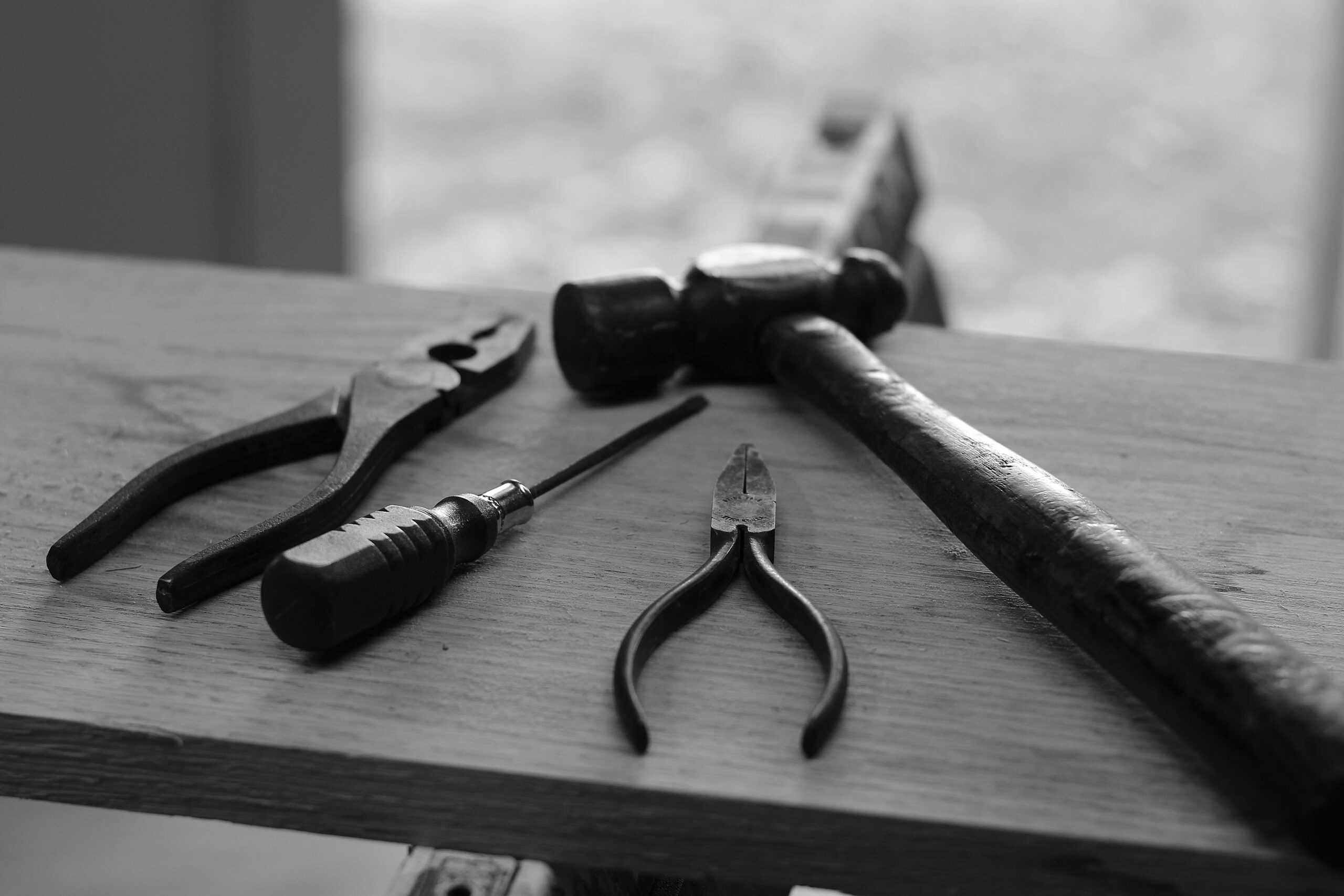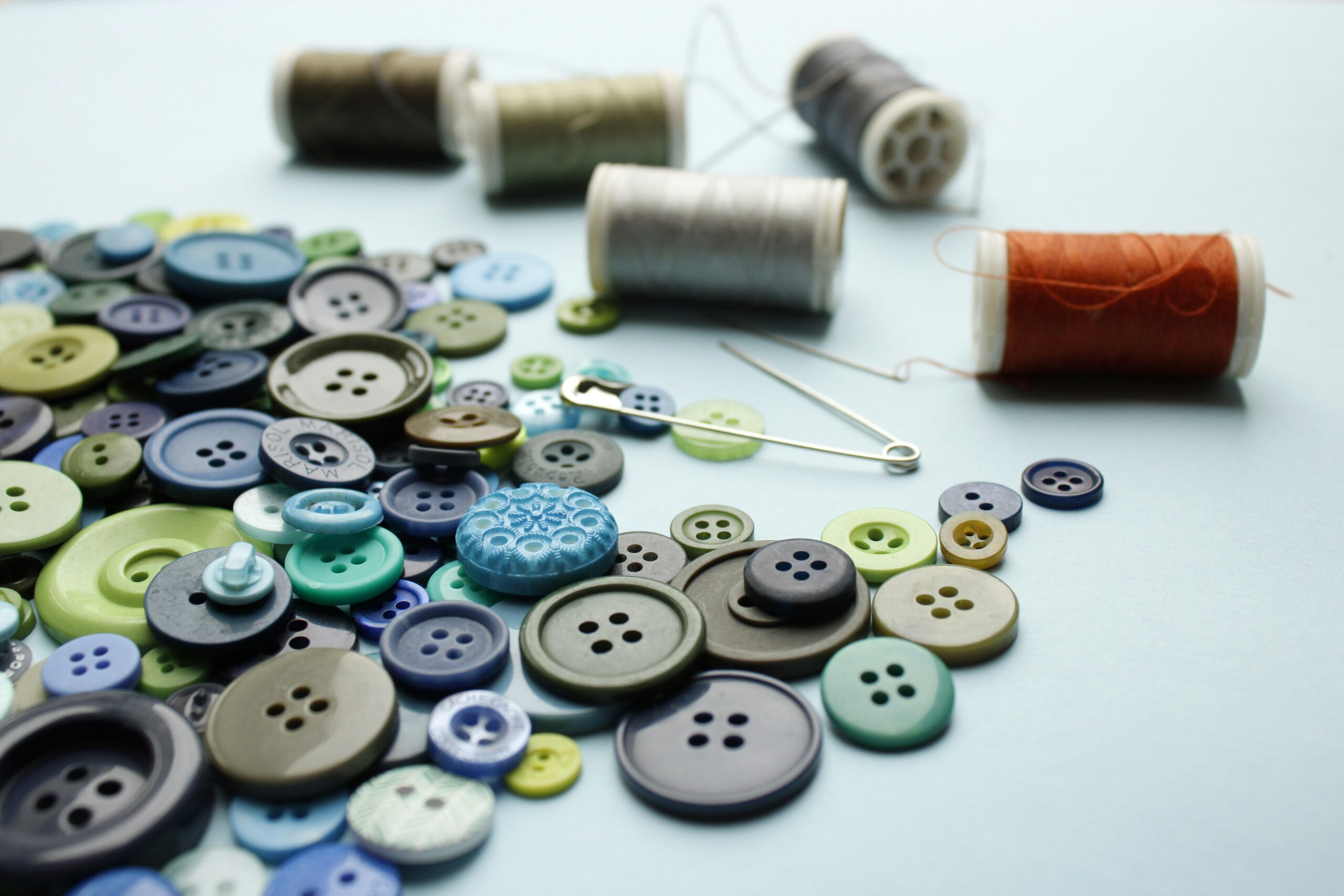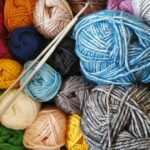In a world where fashion trends change by the season and clothes are often seen as disposable, the environmental impact of the fashion industry is becoming increasingly hard to ignore. Fast fashion – the rapid production of cheap, trendy clothes – has led to a massive increase in waste, with millions of tonnes of clothing ending up in landfills every year. The reality is, many of us purchase clothes that are poorly made and wear them a handful of times before they end up discarded. But there’s an alternative way to approach fashion, one that’s not only more sustainable but also incredibly rewarding – sewing for sustainability. Mending and refashioning your clothes not only extends their lifespan, but it also encourages creativity, reduces waste, and helps build a more sustainable wardrobe.
In this article, we’ll explore how you can start mending and refashioning your clothes to be more eco-friendly and creative:
- The need for sustainable fashion
- Essential sewing techniques for mending clothes
- Creative ways to refashion old clothes
- The benefits of sewing for sustainability
- Ready to get started with the concept of sewing for sustainability?
The need for sustainable fashion
The fashion industry is one of the largest polluters in the world, responsible for significant carbon emissions, water consumption, and waste. According to recent reports, the global fashion industry produces more than 92 million tonnes of waste each year, much of which is from clothing that’s cheaply made and quickly discarded. With clothes being produced in bulk and sold at low prices, the quality often suffers, and many garments don’t last long.
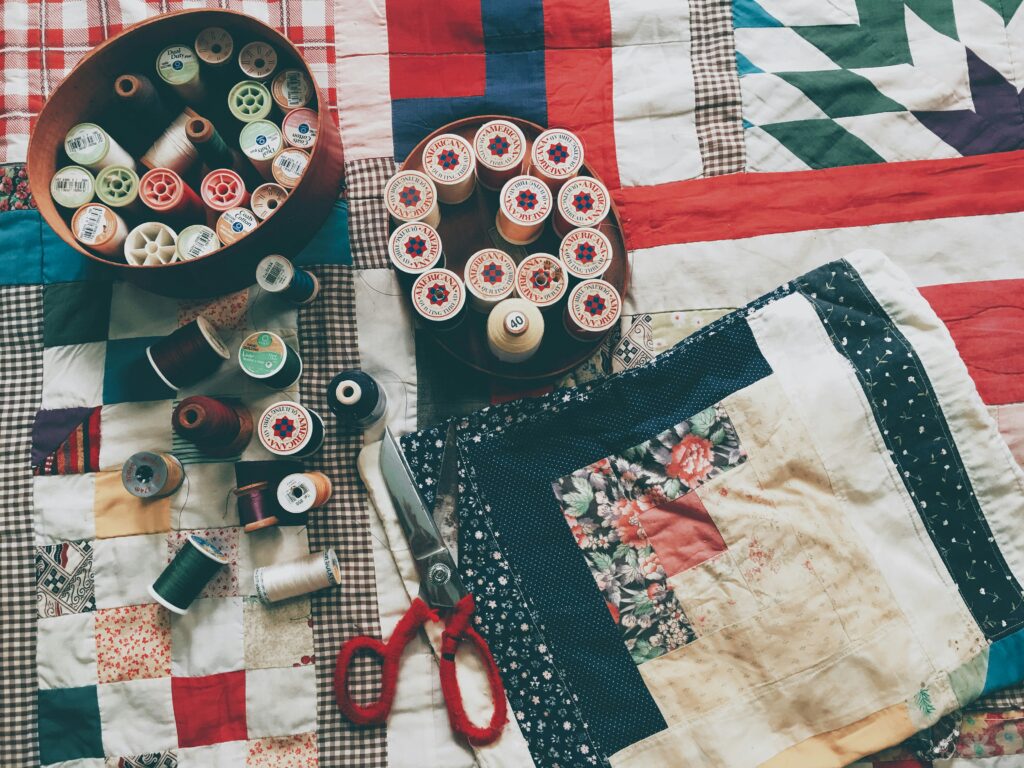
Rather than simply throwing out worn or damaged clothing, reusing, mending, and refashioning are excellent ways to keep clothes in circulation for longer, which helps reduce the environmental burden of fashion. By learning basic sewing techniques, you can avoid contributing to the cycle of waste and instead create a wardrobe that is both unique and more sustainable. Refashioning clothes also lets you add your personal touch, turning old or damaged items into something new and exciting.
Essential sewing techniques for mending clothes
Sewing is a valuable skill for anyone who wants to extend the life of their wardrobe. You don’t have to be an expert to make simple repairs or give old clothes a new life. Here are a few basic sewing techniques to get you started:
Patching:
Patching is one of the easiest and most common ways to mend clothing. If you’ve got a hole in your jeans or a tear in your favourite jacket, simply sewing a patch over the damaged area can make your garment wearable again. You can use fabric scraps or buy premade patches to create a decorative element or simply cover the tear. Don’t be afraid to get creative with your patches – this can be an opportunity to make the repair a fun design feature!
Darning:
Darning is often used for repairing small holes or worn-out areas in knitted fabrics, such as socks or jumpers. Using a needle and thread, you weave in and out of the fabric, closing up the hole and reinforcing the fabric. It’s a great technique for extending the life of your favourite woollen pieces.
Hemming:
When your trousers or skirt start to fray at the edges or the length no longer suits you, hemming is an easy solution. You can shorten or lengthen your clothes by folding the fabric and stitching it securely. Hemming doesn’t require much more than a sewing needle, thread, and some basic measuring, making it a perfect starting point for beginners.
Mastering these basic sewing techniques can save you money, reduce waste, and help keep your clothes looking great for years to come.
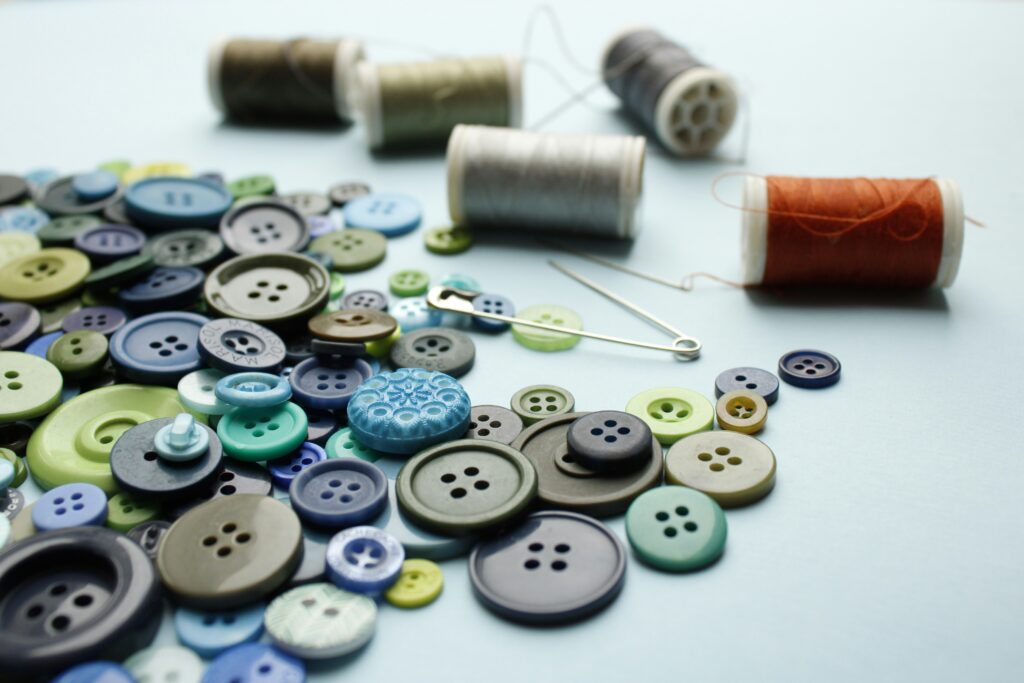
Creative ways to refashion old clothes
If you have an old sweater that’s lost its shape or is too worn out to wear, why not repurpose it into a scarf? Simply cut the sweater into strips and sew them together to form a long scarf. You can add extra details like fringes or a decorative stitch to make it unique. This is a quick and easy project that’s perfect for beginners.
Old dresses can often be reworked into a brand-new skirt. If the top of a dress has seen better days but the fabric is still in good condition, simply cut the bodice off and sew an elastic waistband into the skirt part. Add any embellishments you like, such as lace or embroidery, to create a fun, fresh look.
A well-worn shirt, especially a button-up, can be transformed into a stylish tote bag. Cut off the sleeves and collar, then sew the bottom closed and add handles made from the shirt’s fabric. This upcycling project is both practical and stylish, and it’s a great way to reuse an old piece of clothing instead of sending it to the landfill.
Those old jeans that no longer fit can be turned into a durable and stylish tote bag or cushion cover. Cut up the legs, sew the sides together, and add a lining if necessary. You can even use the pockets from the jeans as a fun detail for the bag or cushion cover.
These are just a few ideas to get you started, but the possibilities are endless. The beauty of refashioning is that you can take an old piece of clothing and turn it into something completely new that fits your style and needs.
💡Making quilts from fabric scraps can also be a nice way to refashion old clothes and fabrics.
The benefits of sewing for sustainability
Sewing isn’t just a practical skill – it also has numerous benefits for both the environment and your mental well-being. First and foremost, by mending and refashioning your clothes, you’re reducing the amount of waste that ends up in landfills. Fast fashion encourages a throwaway culture, but sewing gives you the tools to break that cycle and make the most of what you already have.
Sewing also gives you the satisfaction of creating something with your own hands. Refashioning clothes allows you to personalise your wardrobe and express your creativity. It’s a wonderful way to slow down and practice mindfulness, as you focus on the task at hand and see the transformation take place. Plus, when you wear something you’ve made or fixed yourself, it gives you a sense of pride and accomplishment.
“Creativity is intelligence having fun” – quote attributed to Albert Einstein
On a larger scale, sewing for sustainability supports a movement toward more ethical and environmentally-conscious consumption. Instead of mindlessly buying cheap, mass-produced clothing, sewing encourages you to invest in quality, repair what you already own, and rethink your approach to fashion.
Ready to get started with the concept of sewing for sustainability?
If you’re looking to embrace a more sustainable lifestyle and reduce your environmental impact, sewing for sustainability is a great place to start. By mending and refashioning your clothes, you can breathe new life into old garments, save money, and develop a more mindful approach to fashion. Whether you’re learning basic sewing techniques or experimenting with creative upcycling projects, sewing is a rewarding and eco-friendly way to improve your wardrobe.
Evelyn Wood assembled some nice guides on how to learn to mend back in 2020. Go check it out, here’s the video:
Let’s look at today’s article in summary:
- Fast-fashion and cheaply-made clothes dominate today’s fashion landscape
- A significant portion of these clothes end up in landfills around the world
- Another reason to treat clothes as what they are: A valuable addition to anyone’s wardrobe and an expression of one’s own creativity and individuality
- Essential sewing techniques can be a valuable tool to repurpose, upcycle or mend older clothes
- By addressing small tears or turning clothes into household items, we give them a second chance at life and a second life cycle to go through before they end up anywhere near a landfill
- Besides all these positive effects, sewing can also calm the mind and give you a sense of accomplishment
- And as always: Explore and try around, no one was born a master!
So, why not give it a try? Start with a simple mending project or refashion an old shirt into something new. As you build your sewing skills, you’ll gain the confidence to tackle more complex projects and make your wardrobe truly unique. Embrace the power of sewing for sustainability, and you’ll not only reduce waste but also enjoy the satisfaction of creating something beautiful with your own hands. Happy sewing!


